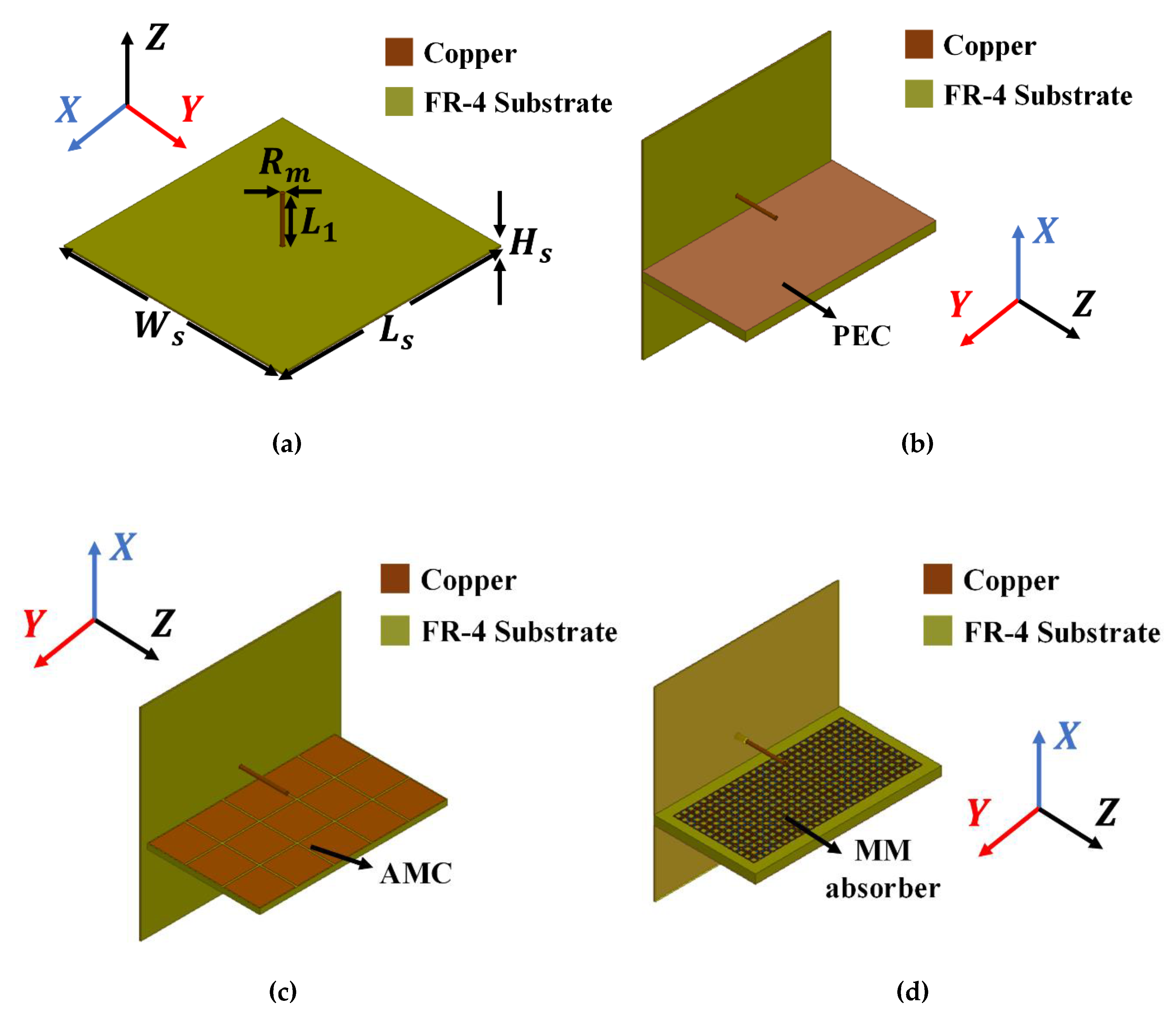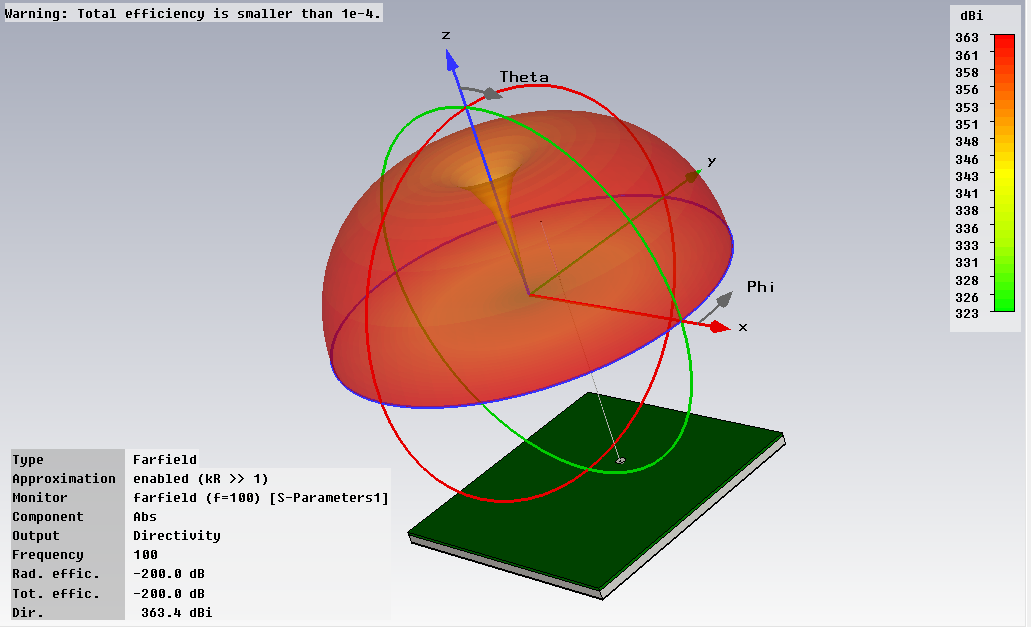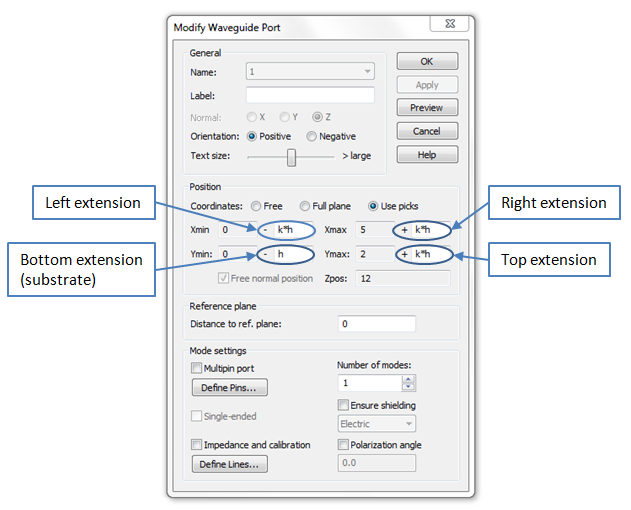

The electric field is assumed to be uniform in magnitude between the bounding faces, and the software automatically computes the height and width of the Lumped Port face, which should always be much smaller than the wavelength in the surrounding material. The Uniform option can be used if you have a geometry as shown below: a surface bridging the gap between two electrically conductive faces. There are also a Uniform and a User-Defined option for the Lumped Port condition. Regardless of these three options, the electric field will always vary as 1/r times a complex-valued number that represents the sum of the (user-specified) incoming and the (unknown) outgoing wave.įor a coaxial cable, we always need to apply the boundary condition at an annular face, but we can also use the Lumped Port boundary condition in other cases. The excitation options for this condition are that the excitation can be specified in terms of a cable impedance along with an applied voltage and phase, in terms of the applied current, or as a connection to an externally defined circuit. So, since we know the shape of the electric field at the cross section of a coax, we can apply this as a boundary condition using the Lumped Port, Coaxial boundary condition. This solution shows that the electric field drops off proportional to 1/r between the inner and outer conductor. However, there also exists an analytic solution for this problem. Within COMSOL Multiphysics, we can compute these fields and the impedance of a coax, as illustrated here. That is, the electric and magnetic fields both lie entirely in the cross-sectional plane.

Over its range of operating frequencies, a coax operates in Tranverse Electro-Magnetic (TEM) mode, meaning that the electric and the magnetic field vectors have no component in the direction of wave propagation along the cable. A coaxial cable is a waveguide composed of an inner and outer conductor with a dielectric in between. We can begin our discussion of the Lumped Port boundary condition by looking at the fields in a coaxial cable. Let us look at what these boundary conditions mean and when they should be used. These situations call for the use of the Lumped Port and the Port boundary conditions. There are many other such cases where we know the form (but not the magnitude or phase) of the electromagnetic fields at some boundaries of our modeling domain. We know that the electromagnetic fields in the incoming and outgoing cables will have a certain form and that the energy is propagating in the direction normal to the cross section of the coax. Consider, for example, a coaxial splitter as shown here, which splits the signal from one coaxial cable (coax) equally into two. When modeling electromagnetic structures (e.g., antennas, waveguides, cavities, filters, and transmission lines), we can often limit our analysis to one small part of the entire system.


Simplify Your Modeling with Boundary Conditions Here, we will look at the Lumped Port boundary condition available in the RF Module and the Port boundary condition, which is available in both the RF Module and the Wave Optics Module. When using the COMSOL Multiphysics software to simulate wave electromagnetics problems in the frequency domain, there are several options for modeling boundaries through which a propagating electromagnetic wave will pass without reflection.


 0 kommentar(er)
0 kommentar(er)
